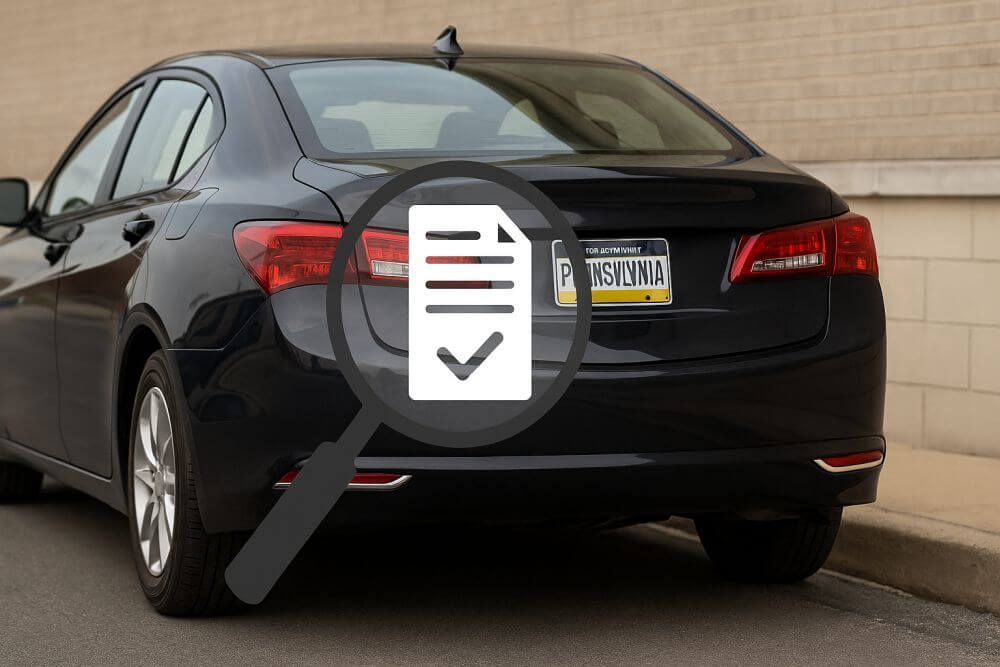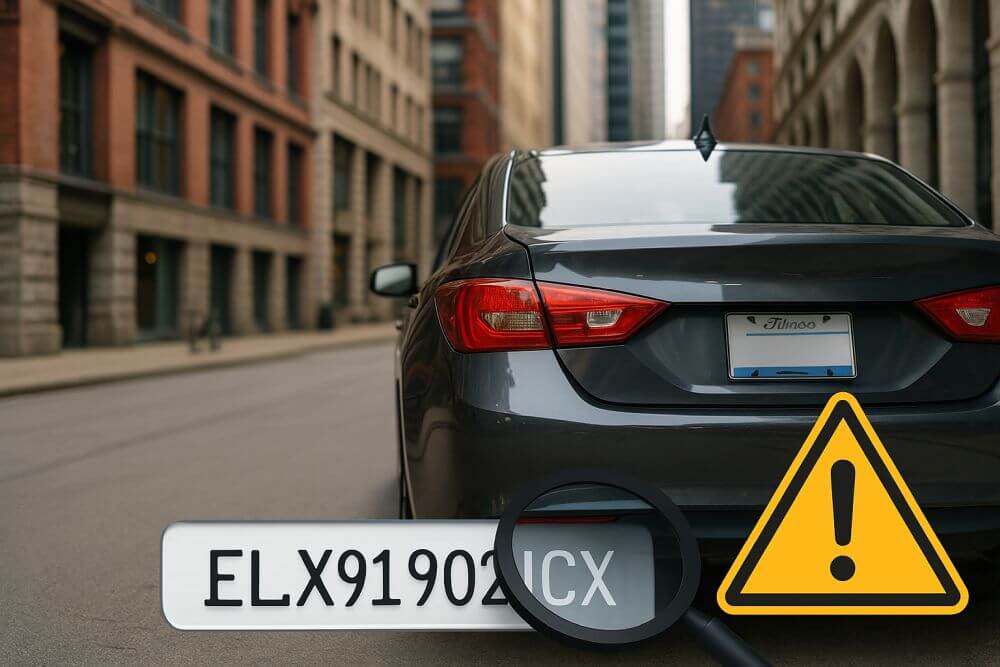Odometer fraud involves rolling back the numbers on a vehicle odometer to make it look like the vehicle has fewer miles than it really has. The process can be done on both mechanical odometers and the digital odometers seen in newer vehicles. Mechanical odometers are typically rolled back by removing the odometer and manually changing the numbers. Digital odometers require the use of software, which is relatively easy to obtain online, that can make the odometer read any numbers the individual chooses.
The Consumer Federation of America estimates that one in every 10 vehicles on the used car market has been the subject of odometer fraud. Odometer tampering or rollbacks cost American car owners more than $1 billion annually, according to the National Highway Traffic and Safety Administration. Odometer fraud is big business and a costly problem for used car buyers, but the good news is there are ways to protect yourself when you are in the market for a used vehicle, including a free car VIN check report that verifies important facts about a vehicle – like mileage.
Six Steps to Stop Odometer Fraud in its Tracks
 If you are in the market for a “new” used vehicle, you don’t have to let an odometer rollback set you back. To avoid becoming the next victim of odometer fraud, follow these seven simple steps:
If you are in the market for a “new” used vehicle, you don’t have to let an odometer rollback set you back. To avoid becoming the next victim of odometer fraud, follow these seven simple steps:
Step 1: Check the Title
Before buying a used vehicle, always ask to see the original title. Look closely at the numbers entered, both in the odometer reading and the vehicle identification number (VIN). If any of the digits are smudged or otherwise difficult to read, that could indicate possible tampering. Compare the odometer reading on the title with the numbers on the actual odometer to see if they make sense and are sequential.
Step 2: Obtain a Vehicle History Report Free
The VIN for the vehicle is all you need to pull up a vehicle history report free. This report may provide a wealth of information on the car you are considering, including the vehicle title history and possible damage from accidents or weather incidents. Information about whether the car was ever totaled or salvaged, which could increase the risk for odometer fraud, may also be included.
Some reports will also include maintenance and service history for the car, which should include odometer readings for each time the car was in the shop. These readings should also be sequential, and all should be lower than the numbers currently displayed on the car’s odometer. Keep in mind that some vehicle title history reports do come with a price tag, but are often worth every penny with the valuable information they reveal.
Step 3: Inspect the Car for Odometer Tampering
In addition to your free vehicle history report, it pays to make a visual inspection of the car to look for signs of odometer fraud. This might include loose or missing screws on the dashboard near the odometer, scratches on the odometer face or odometer numbers that do not line up properly. Digital odometers may also display an asterisk or other symbol after the mileage numbers, which could indicate the odometer has been changed.
Step 4: Look for Signs of Wear and Tear
Another sign of odometer fraud is a vehicle that shows more wear and tear than what the mileage number would indicate. Inspect the car for worn floor mats, brake and gas pedal and even seat covers. Check the tires to see if they are the originals for the car, which would suggest a lower mileage count than if the tires had been replaced.
Step 5: Consider Other Sources of Mileage Readings
In addition to the free vehicle history report, you can find other sources for odometer readings. When servicing is performed on a vehicle, the shop may affix a sticker to the car to show what was done and when. These stickers may include the odometer reading at the time the car was brought in. Stickers may be located in the lower corner of the windshield, or inside the driver’s doorway.
Step 6: Take the Car to a Trusted Mechanic
It is also a good idea to take any used car you are considering for purchase to a mechanic you trust. This professional can give you a more experienced opinion on whether the odometer has been changed, based on a thorough assessment on the interior and exterior of the car. In addition, you may discover potential problems with the vehicle that have not surfaced through your free vehicle history report or information provided by the seller.
Step 7: Compare and Question
As you combine information you have obtained, including the title, free vehicle history report and other records, compare every piece of information to see if the facts line up. For example, place odometer readings in sequential order and make sure they coincide by date. Look for warning signs in the vehicle title history that might make the vehicle more vulnerable to odometer fraud. Cars that were leased or in rental fleets tend to be subject to odometer rollbacks more frequently than other vehicles.
If any of the information you collect does not seem right, don’t be afraid to question the seller about the discrepancies. If the seller cannot put your mind at ease, move on to the next vehicle on your list. By taking a few precautionary steps, you can protect yourself from odometer fraud and the many headaches that often accompany these vehicles.


